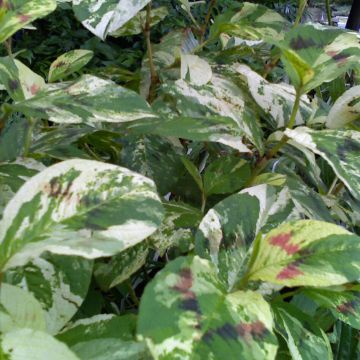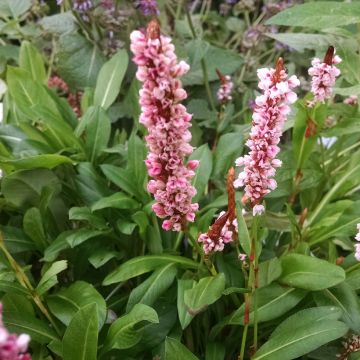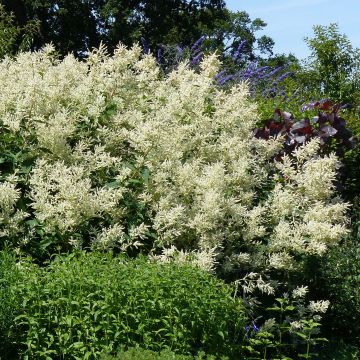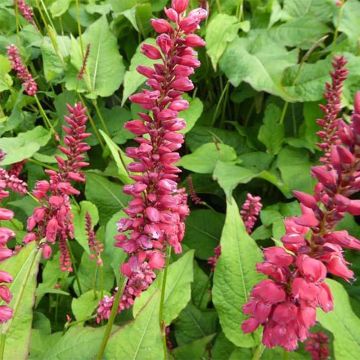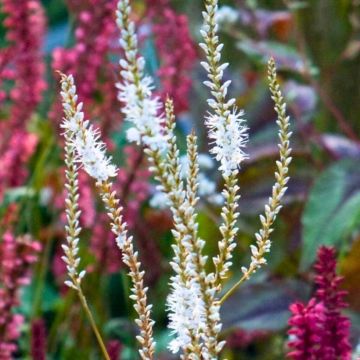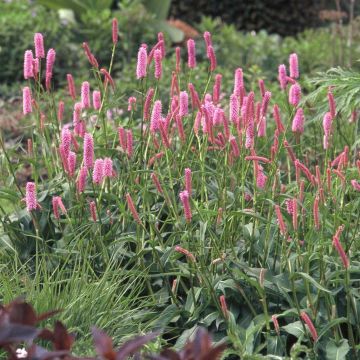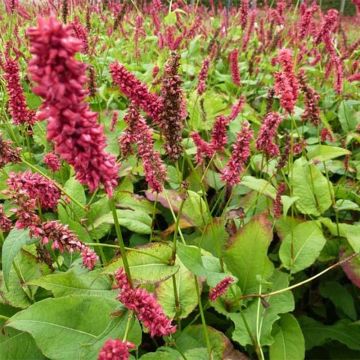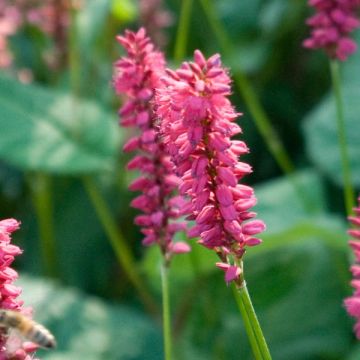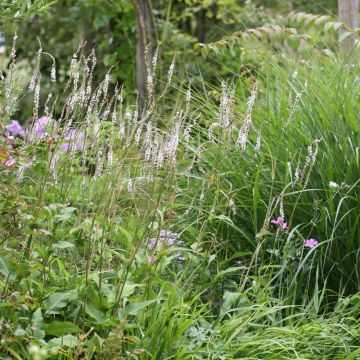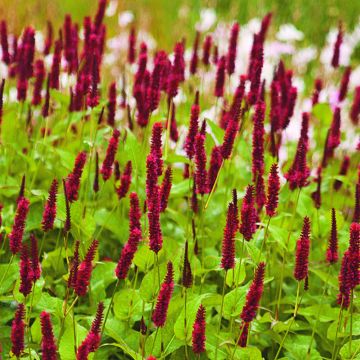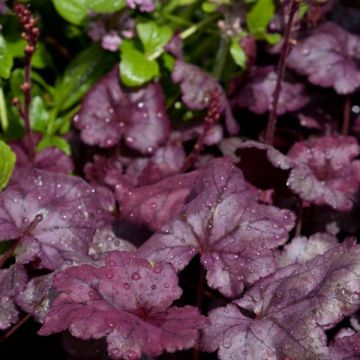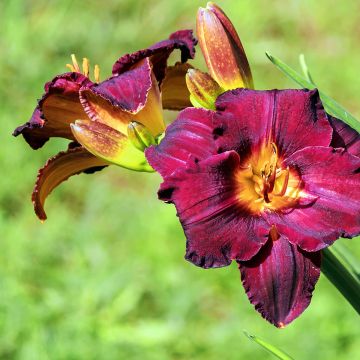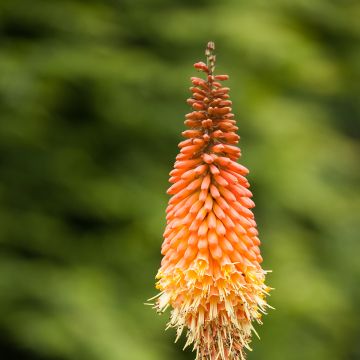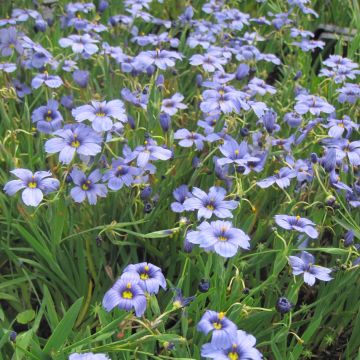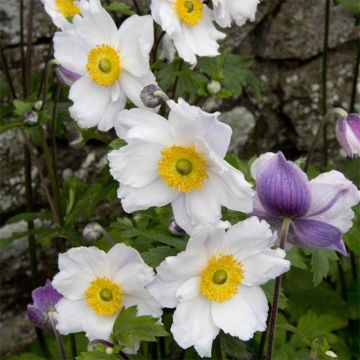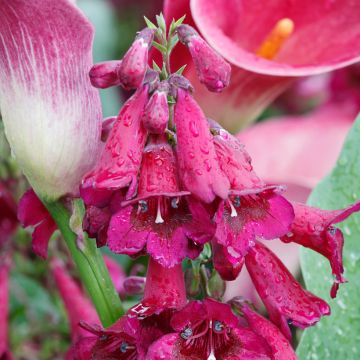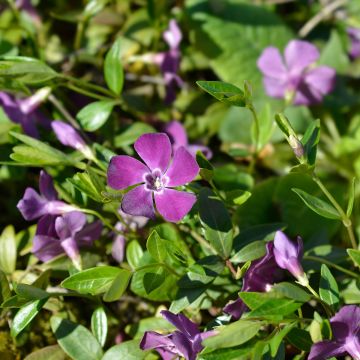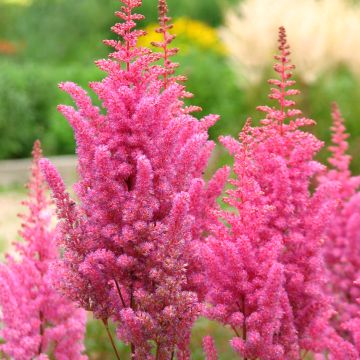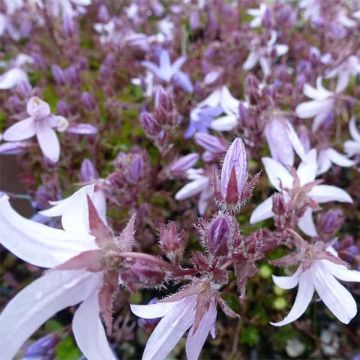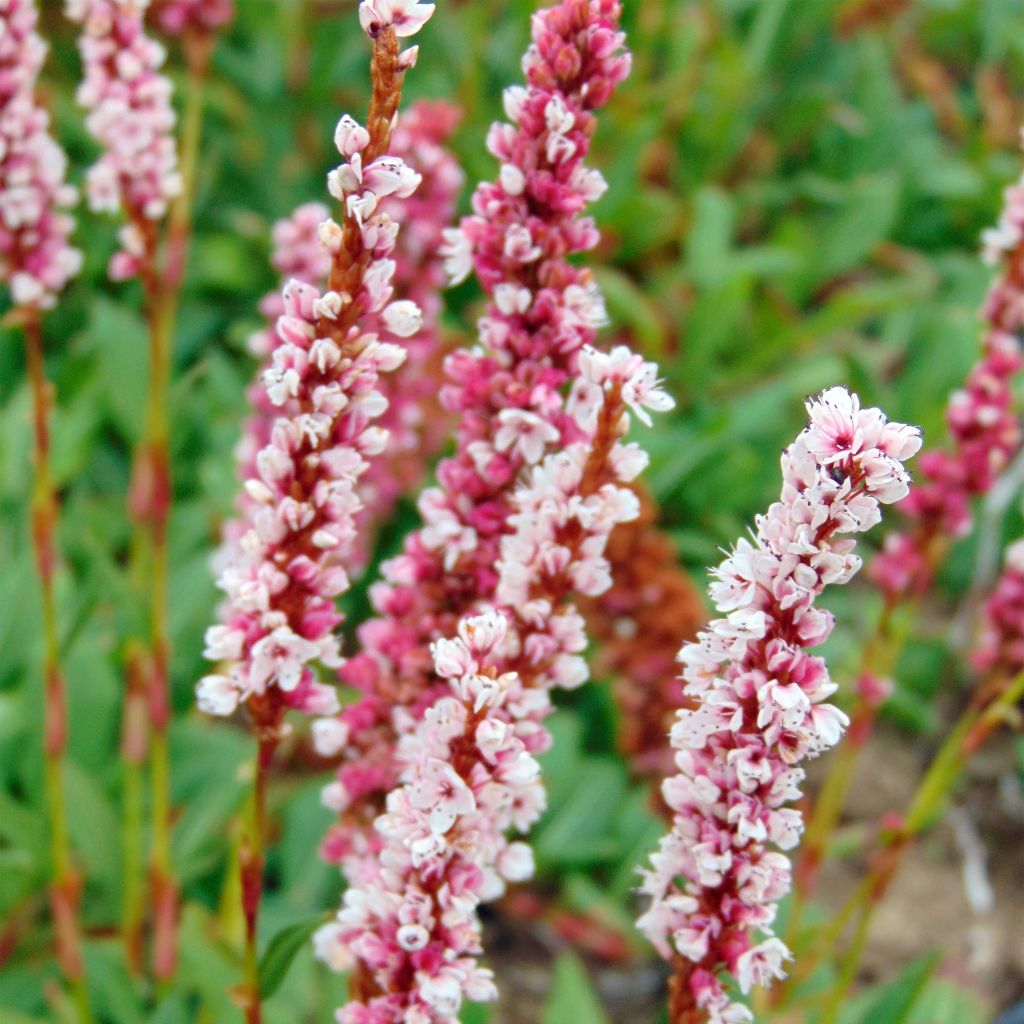

Persicaria affinis Superba
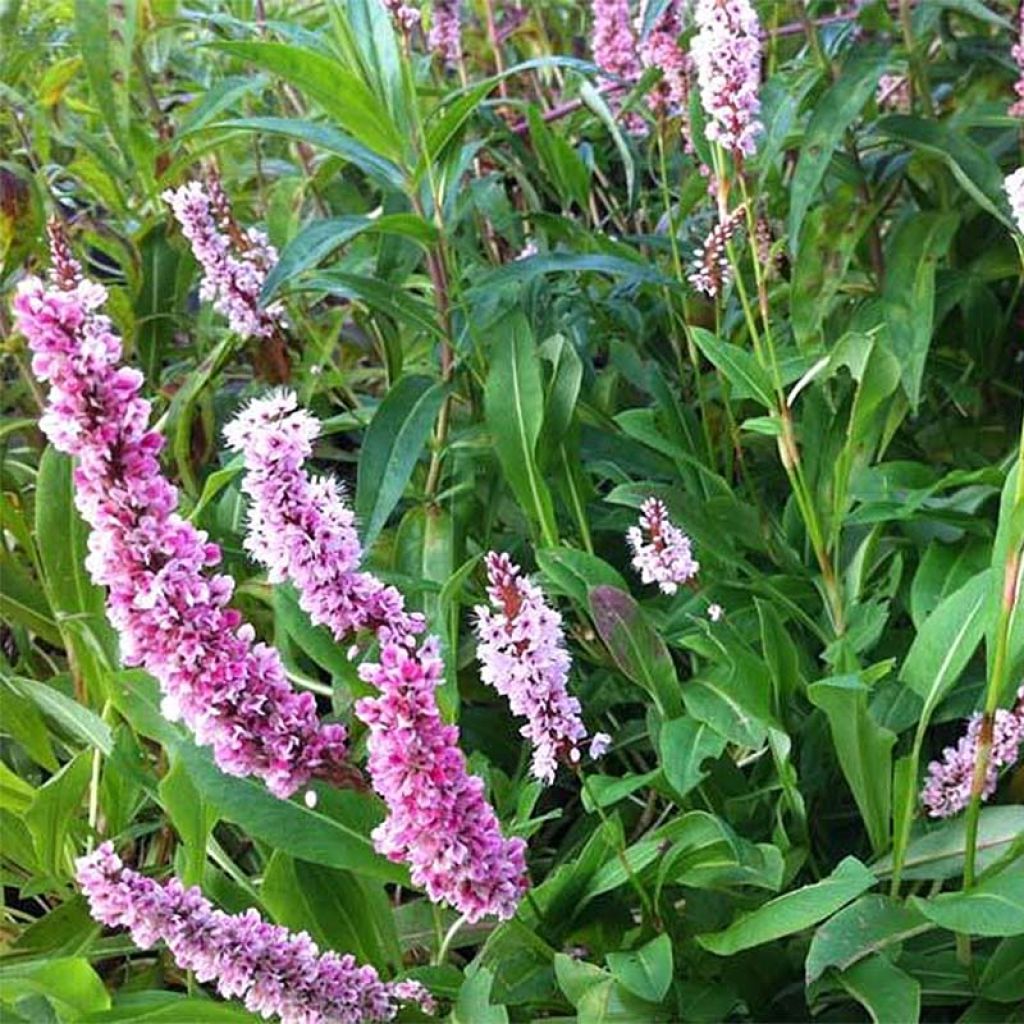

Persicaria affinis Superba
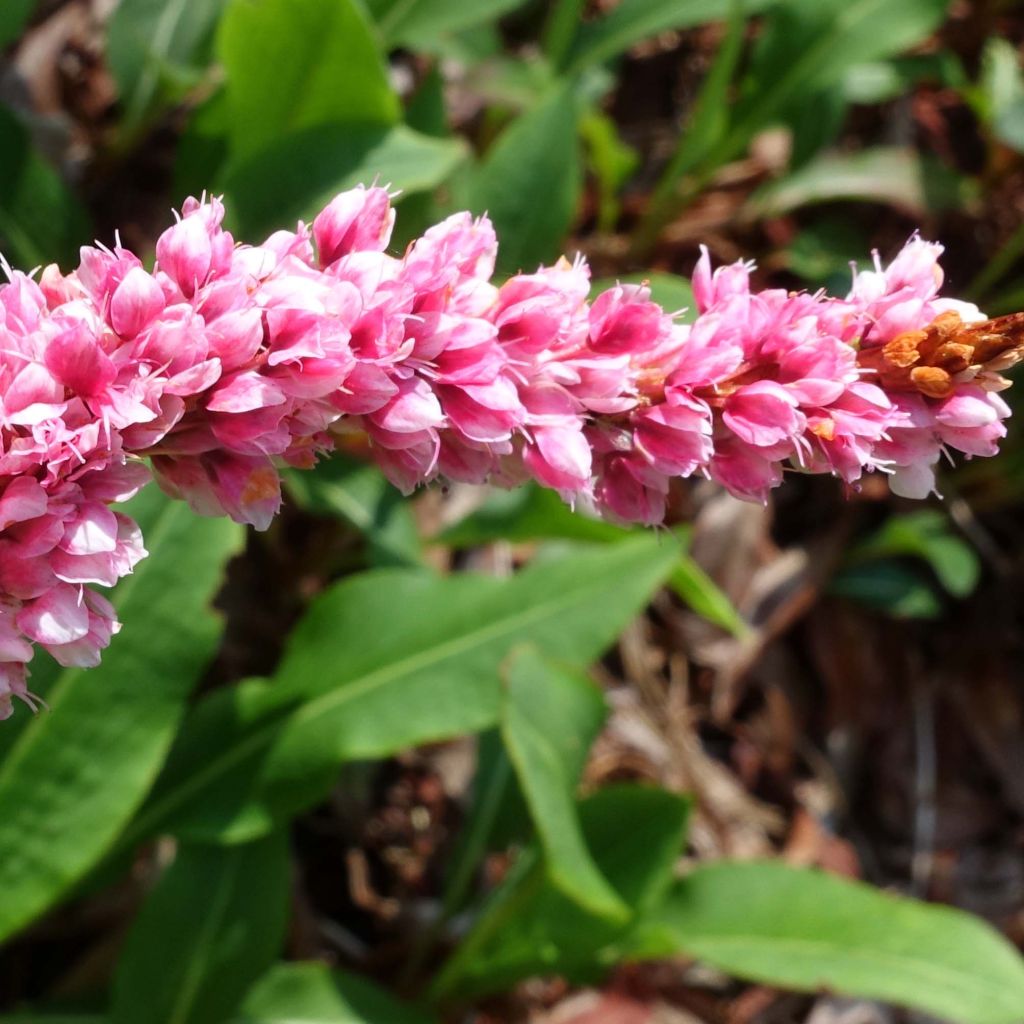

Persicaria affinis Superba
Persicaria affinis Superba
Persicaria affinis Superba
Dense-flowered Knotweed, Dwarf Knotweed, Himalayan Fleece Flower
The plant was beautiful and after 10 days, it is growing.
Anne V., 04/10/2024
This item cannot be shipped to the selected country
Delivery charge from €5.90
More information
Schedule delivery date,
and select date in basket
This plant carries a 12 months recovery warranty
More information
We guarantee the quality of our plants for a full growing cycle, and will replace at our expense any plant that fails to recover under normal climatic and planting conditions.
From €5.90 for pickup delivery and €6.90 for home delivery
Express home delivery from €8.90.

Does this plant fit my garden?
Set up your Plantfit profile →
Description
The Persicaria affinis Superba is adorned from summer to autumn with numerous pale pink and carmine pink bicoloured flower spikes. This perennial forms a vigorous, dense carpet of foliage, with shiny green leaves that taper towards the petiole and have finely toothed edges, taking on beautiful brown hues in autumn. Easy to grow in any well-drained but moist soil, in full sun or partial shade.
The Persicaria affinis Superba, also known as Polygonum affine Superbum or Himalayan Knotweed, belongs to the Polygonaceae family. As partially indicated by its name, it is native to the entire Himalayan range from Afghanistan in the west to northern Myanmar in the east and is very hardy.
The plant is very vigorous and compact; wider than tall, it grows to 20 cm (8in) in height and 60 cm (24in) in width, forming a tight carpet. The oblong leaves (reversed lance shape, wider at the top and ending in a blunt tip) are shiny green and take on beautiful brown shades in autumn, turning coppery in winter. The laminae reach 5 to 10 cm (2 to 4in) in length. The small conical flowers cluster in cylindrical spikes measuring 5 to 8 cm (2 to 3in). Their colour evolves with the seasons: from pale pink, they darken until they become carmine red at the end of flowering, giving them an original bicoloured appearance.
It thrives in all soil types, even the poorest or most inhospitable, as long as they remain moist throughout the year. Due to its mountainous origin, it is very hardy and withstands negative temperatures down to -15 °C (5°F). It prefers full sun or partial shade exposure.
This rhizomatous, creeping plant forms a vibrant ground cover that can be used as a border along pathways. Its broad soil preferences allow it to adapt to rockeries and the edges of water features. It can also be planted in pots. Its long flowering period from July to October gives it summer and autumn interest. It can be profitably combined with plants that have remarkable characteristics during this season, such as the magnificent purple berries of Callicarpa bodinieri Profusion, bronze or ochre-coloured grasses like Molinia, or one or more varieties of autumn-flowering Camellias. The Persicaria affinis Superba is stoloniferous, self-seeds easily, and naturalises with alarming ease. Therefore, be cautious, as it can become invasive in non-freezing climates.
Report an error about the product description
Persicaria affinis Superba in pictures
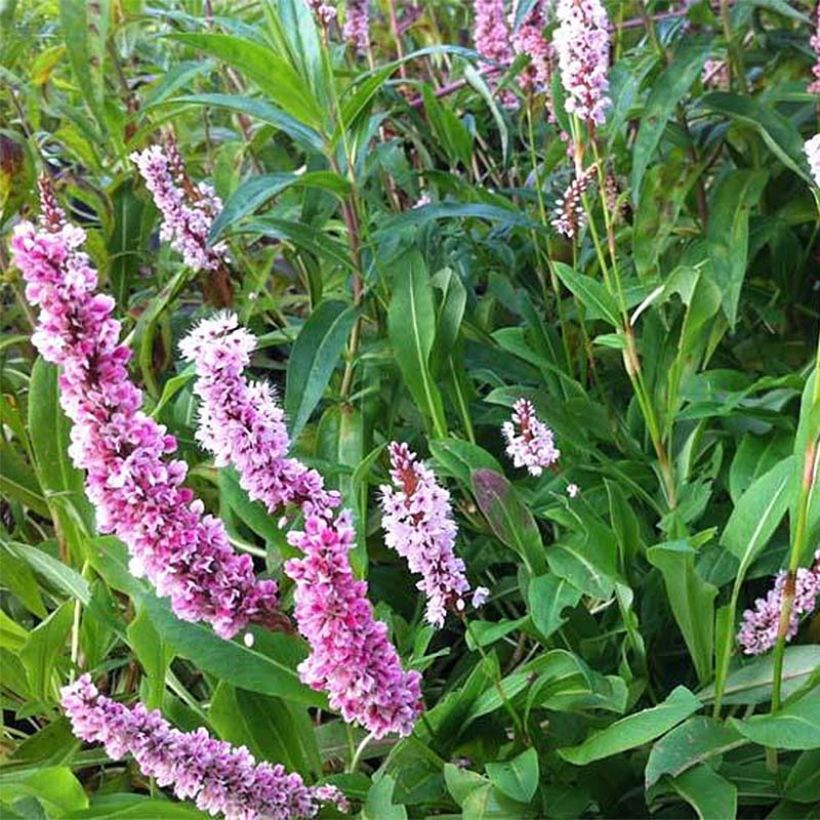

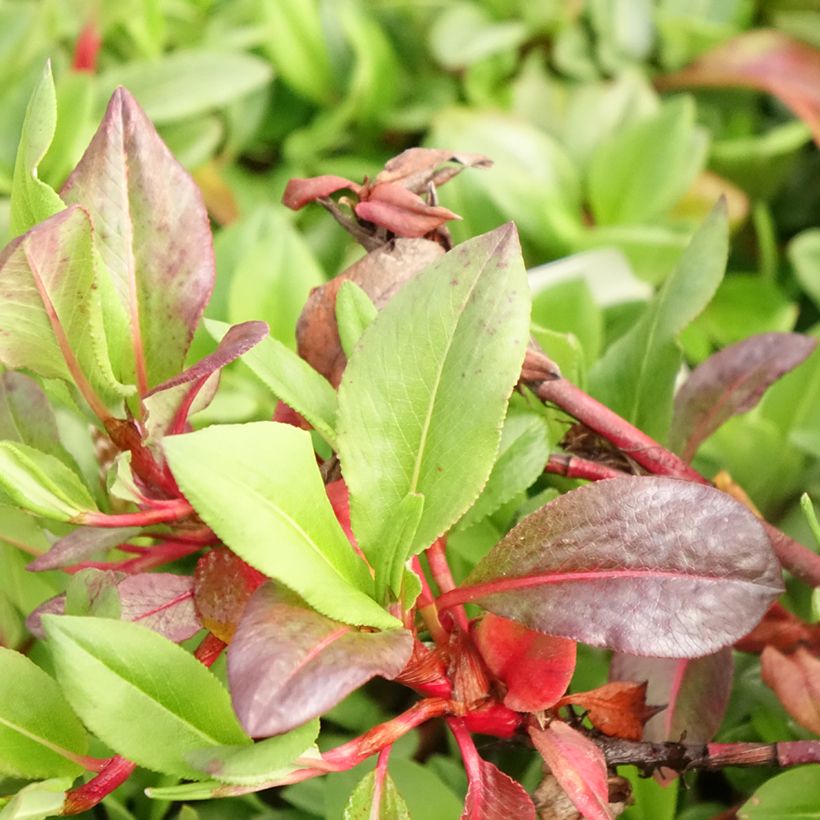

Flowering
Foliage
Plant habit
Botanical data
Persicaria
affinis
Superba
Polygonaceae
Dense-flowered Knotweed, Dwarf Knotweed, Himalayan Fleece Flower
Central Asia
Other Persicaria
Planting and care
All types of soils are suitable for Persicaria affinis Superba, even the poorest or most difficult ones, as long as they remain moist throughout the seasons. Due to its mountainous origin, it is very hardy and can withstand temperatures as low as -15°C (5°F). It prefers a sunny or semi-shaded exposure. Its broad preferences in terms of soils allow it to adapt well to rocky areas and the edges of water features.
Planting period
Intended location
Care
-
, onOrder confirmed
Reply from on Promesse de fleurs
Summer flowering perennials
Haven't found what you were looking for?
Hardiness is the lowest winter temperature a plant can endure without suffering serious damage or even dying. However, hardiness is affected by location (a sheltered area, such as a patio), protection (winter cover) and soil type (hardiness is improved by well-drained soil).

Photo Sharing Terms & Conditions
In order to encourage gardeners to interact and share their experiences, Promesse de fleurs offers various media enabling content to be uploaded onto its Site - in particular via the ‘Photo sharing’ module.
The User agrees to refrain from:
- Posting any content that is illegal, prejudicial, insulting, racist, inciteful to hatred, revisionist, contrary to public decency, that infringes on privacy or on the privacy rights of third parties, in particular the publicity rights of persons and goods, intellectual property rights, or the right to privacy.
- Submitting content on behalf of a third party;
- Impersonate the identity of a third party and/or publish any personal information about a third party;
In general, the User undertakes to refrain from any unethical behaviour.
All Content (in particular text, comments, files, images, photos, videos, creative works, etc.), which may be subject to property or intellectual property rights, image or other private rights, shall remain the property of the User, subject to the limited rights granted by the terms of the licence granted by Promesse de fleurs as stated below. Users are at liberty to publish or not to publish such Content on the Site, notably via the ‘Photo Sharing’ facility, and accept that this Content shall be made public and freely accessible, notably on the Internet.
Users further acknowledge, undertake to have ,and guarantee that they hold all necessary rights and permissions to publish such material on the Site, in particular with regard to the legislation in force pertaining to any privacy, property, intellectual property, image, or contractual rights, or rights of any other nature. By publishing such Content on the Site, Users acknowledge accepting full liability as publishers of the Content within the meaning of the law, and grant Promesse de fleurs, free of charge, an inclusive, worldwide licence for the said Content for the entire duration of its publication, including all reproduction, representation, up/downloading, displaying, performing, transmission, and storage rights.
Users also grant permission for their name to be linked to the Content and accept that this link may not always be made available.
By engaging in posting material, Users consent to their Content becoming automatically accessible on the Internet, in particular on other sites and/or blogs and/or web pages of the Promesse de fleurs site, including in particular social pages and the Promesse de fleurs catalogue.
Users may secure the removal of entrusted content free of charge by issuing a simple request via our contact form.
The flowering period indicated on our website applies to countries and regions located in USDA zone 8 (France, the United Kingdom, Ireland, the Netherlands, etc.)
It will vary according to where you live:
- In zones 9 to 10 (Italy, Spain, Greece, etc.), flowering will occur about 2 to 4 weeks earlier.
- In zones 6 to 7 (Germany, Poland, Slovenia, and lower mountainous regions), flowering will be delayed by 2 to 3 weeks.
- In zone 5 (Central Europe, Scandinavia), blooming will be delayed by 3 to 5 weeks.
In temperate climates, pruning of spring-flowering shrubs (forsythia, spireas, etc.) should be done just after flowering.
Pruning of summer-flowering shrubs (Indian Lilac, Perovskia, etc.) can be done in winter or spring.
In cold regions as well as with frost-sensitive plants, avoid pruning too early when severe frosts may still occur.
The planting period indicated on our website applies to countries and regions located in USDA zone 8 (France, United Kingdom, Ireland, Netherlands).
It will vary according to where you live:
- In Mediterranean zones (Marseille, Madrid, Milan, etc.), autumn and winter are the best planting periods.
- In continental zones (Strasbourg, Munich, Vienna, etc.), delay planting by 2 to 3 weeks in spring and bring it forward by 2 to 4 weeks in autumn.
- In mountainous regions (the Alps, Pyrenees, Carpathians, etc.), it is best to plant in late spring (May-June) or late summer (August-September).
The harvesting period indicated on our website applies to countries and regions in USDA zone 8 (France, England, Ireland, the Netherlands).
In colder areas (Scandinavia, Poland, Austria...) fruit and vegetable harvests are likely to be delayed by 3-4 weeks.
In warmer areas (Italy, Spain, Greece, etc.), harvesting will probably take place earlier, depending on weather conditions.
The sowing periods indicated on our website apply to countries and regions within USDA Zone 8 (France, UK, Ireland, Netherlands).
In colder areas (Scandinavia, Poland, Austria...), delay any outdoor sowing by 3-4 weeks, or sow under glass.
In warmer climes (Italy, Spain, Greece, etc.), bring outdoor sowing forward by a few weeks.

































